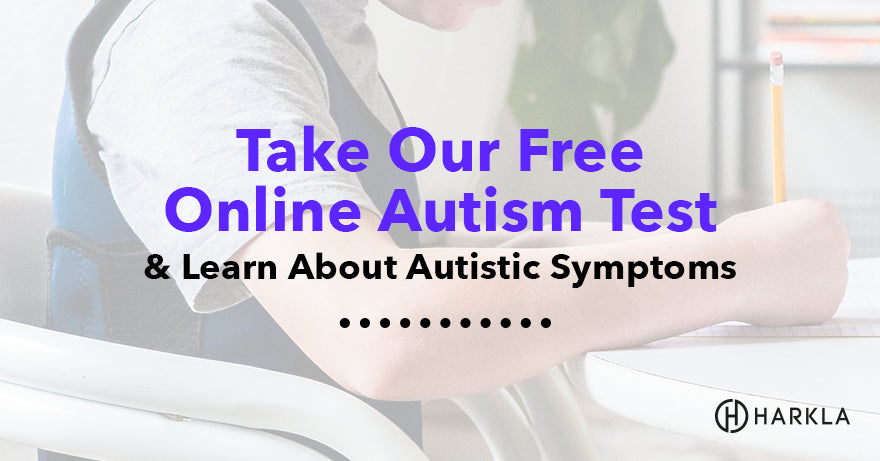Your Cart is Empty

Autism is a developmental disability that is characterized by challenges with social skills, communication, and behavior. It is a term that refers to Autism Spectrum Disorder (ASD), a group of subtypes of conditions including Asperger Syndrome, Childhood Disintegrative Disorder, Autistic Disorder and Pervasive Developmental Disorder (identified by the American Psychiatric Association).
According to numbers published by the Center for Disease Control (CDC) in 2018, approximately 1 in 59 children in the United States are diagnosed with autism. This statistic represents a 15% increase in autism prevalence as compared to numbers from 2016. While boys are 4 times more likely to be diagnosed as compared to girls, there is progress in identifying the condition in females, who do not always fit the stereotypical picture of autism that boys may.
While we do not know specifically what causes autism, science has narrowed down some of the risk factors, both genetic and environmental (non-genetic). Autism tends to run in families, and there are risk factors such as parental age, space between pregnancies, and some pregnancy/birth complications. There is no evidence that vaccines cause autism.
Remember this free autism test is not an official assessment, but a tool to help you determine if an official assessment would be useful.
Research continues to show that early identification leads to better outcomes for children with autism. Tools like a free autism test for toddlers give families a quick way to evaluate early communication, behavior patterns, and sensory responses. Even though an autism test toddler free resource is not diagnostic, it can reveal potential developmental differences that may benefit from further assessment. Early screening helps caregivers recognize when to seek professional support and ensures that children receive timely intervention when needed.
Signs and symptoms of autism are typically present before age 3, with some of the related developmental delays emerging by 18 months. Pediatricians often screen for developmental delays during well-child visits, but it is important for parents and caregivers to voice any concerns for development to their child’s doctor and get a referral for a specialist when necessary.

Young children with autism often present with language and communication delays by age 2. Some may begin to develop language and then show regression, losing their ability to talk. Sensory difficulties are persistent with autism, a child may show extreme hypersensitivity to sights, noise, and touch; or be sensory seeking – needing to move, crash, jump and completely experience all sensory opportunities in their environment.
Babies with social deficits may not show joint attention – the ability to sit with a parent or caregiver to share something – a book, a toy or experience. They often struggle with pointing, responding to their name and making eye contact. Their play may look different – children with autism often struggle to interact with others and prefer to play alone. The way they interact with their world may look strange to others, lining up toys, focusing on small parts of objects, spinning or flicking things near their face. Toddlers with autism often struggle with eating and sleeping and completing every routine.
While the signs and symptoms of autism vary from child to child, these indicators do follow some general trends. To be given the diagnosis of autism, the following diagnostic criteria must be met in all three areas.
At this time, there isn’t any cure or remedy for autism. Research shows that early intervention is key. There are supports and services for children to help them towards achieving developmental milestones.
Through Early Interventions programs (birth to 3) and school-based services under IDEA (Individuals with Disabilities Education Act), children and their families can get treatment for autism.
Comments will be approved before showing up.


Amanda K Rogers
May 28, 2020
Why is it that this similar article on an online ADHD screening test(https://harkla.co/blogs/special-needs/adhd-online-test) acknowledges that an adult may be exploring the possibility that they themselves might have ADHD, but this article and test do not acknowledge that an adult may be exploring the possibility that they are autistic? That article includes the reader and their other loved ones besides their children. This one is laser-focused on “could your child be autistic?” as if the adult reader couldn’t possibly be investigating their own neurotype instead or alongside that of their child.